Yes, Budapest has not one but two ancient cities namely the hilly city Buda and the flat land Pest. However, Buda is usually referred to as the ‘Budapest Old Town’ due to its historical significance.
And now you can guess how the modern city name was formed. East Europe’s famed and photogenic capital city Budapest was formed in the 19th century by joining the two lands and corresponding names.
Cobblestone pedestrian walks, gothic-style architectural buildings and cosy little mediaeval cottages that adorn this city will undoubtedly take you back in time and give you an unfeigned 14th-century experience.
Pro Tip: Budapest is pronounced as Boo-duh-pesht.
Is Budapest Two Different Cities?
The most famous river in Hungary, River Danube divides the city into two, namely Buda and Pest. Buda, which is what we usually refer to as the ‘Budapest Old Town’ is now a pedestrian-friendly area with a much calmer atmosphere while Pest is a vibrant city that offers a variety of cafes, restaurants, meeting spots, and workplaces.
Most of the ancient kings chose the city of Buda due to its demographical location which gave them a strategic advantage.
You might find these related articles helpful:
Does Budapest have Uber? | Does Budapest Celebrate Thanksgiving?
Attractions To Visit In Budapest
Buda Castle
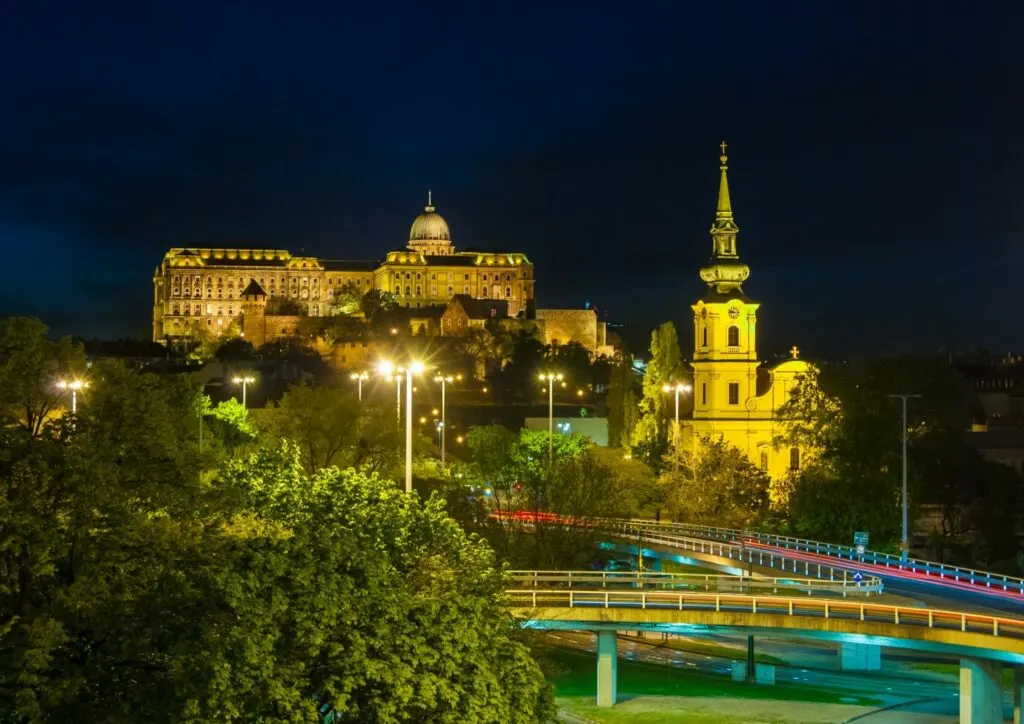
Standing tall with pride in the heart of the capital city is the massive Baroque palace built in the 13th century, which was later renovated in the 18th century. Buda Castle, also known as the Royal Castle, attracts thousands of visitors each year due to its cultural importance.
Built in spectacular Gothic style, it currently houses the Hungarian National Gallery, the Budapest History Museum, and the National Széchényi Library.
This crown monument has various styles of architecture to admire upon. From renaissance ruins to communist-era representations the castle proudly portrays its mortality over the centuries.
Széchenyi Baths
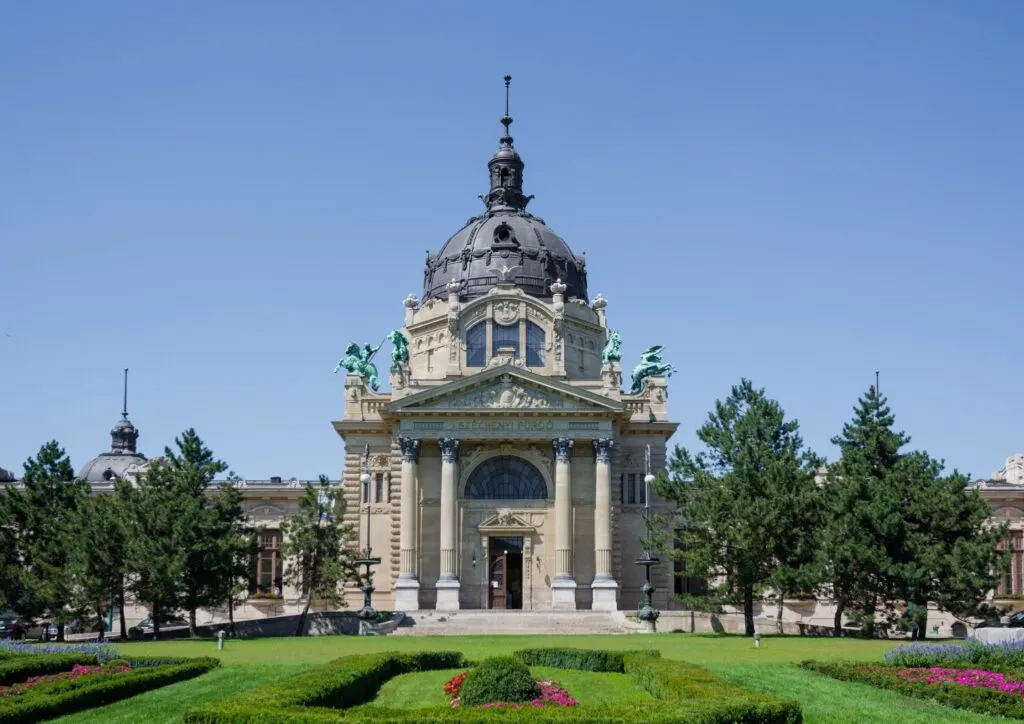
Széchenyi Baths, the largest thermal bath and spa complex should be on the top of your Budapest itinerary. Széchenyi Baths consist of 15 thermal pools with different temperatures, steam baths, saunas, and cold bathing pools.
You can also play chess or engage in other relaxing activities while being immersed in the water to the chest level and treat yourself to a refreshing time. There are many recreational activities that you can engage in and experience the life of famous noblemen of the past.
St. Stephen’s Cathedral
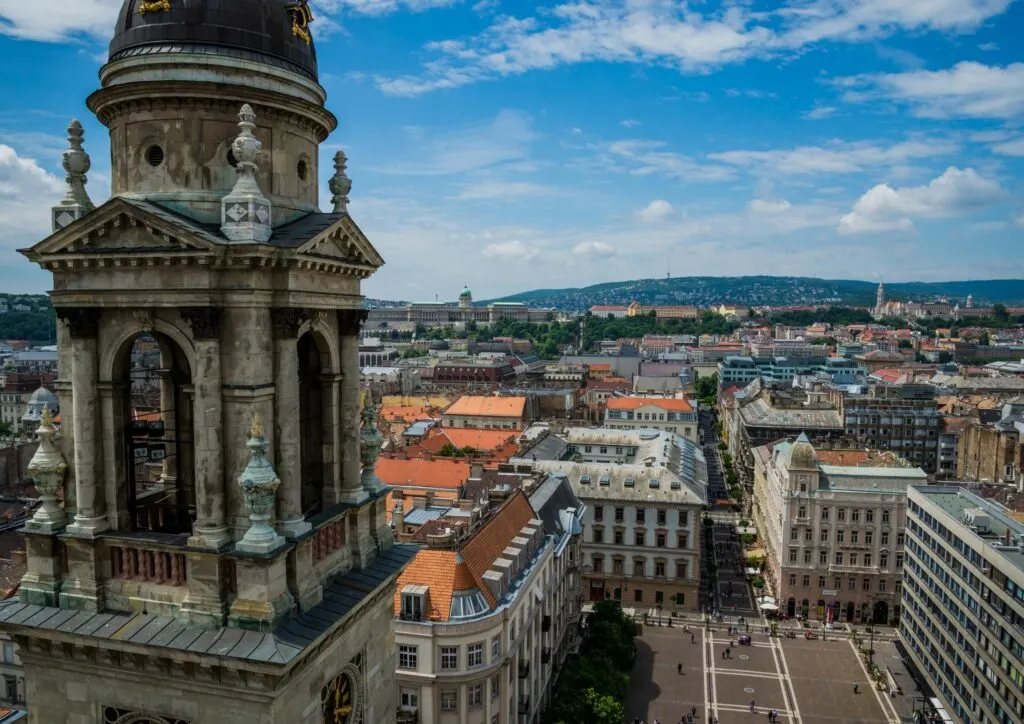
With holy relics, frescoes and museums, St. Stephen’s Cathedral echo history, architectural magnificence, and secrets too. Situated in the heart of Budapest, standing majestically on a square with its astounding neoclassical style, St. Stephen’s Cathedral can shelter a thousand worshippers at any time.
The Cathedral was named after the founding father and the first King of Hungary, King Saint Stephen, who is also venerated as the patron saint of Hungary.
Hungarian House of Parliament
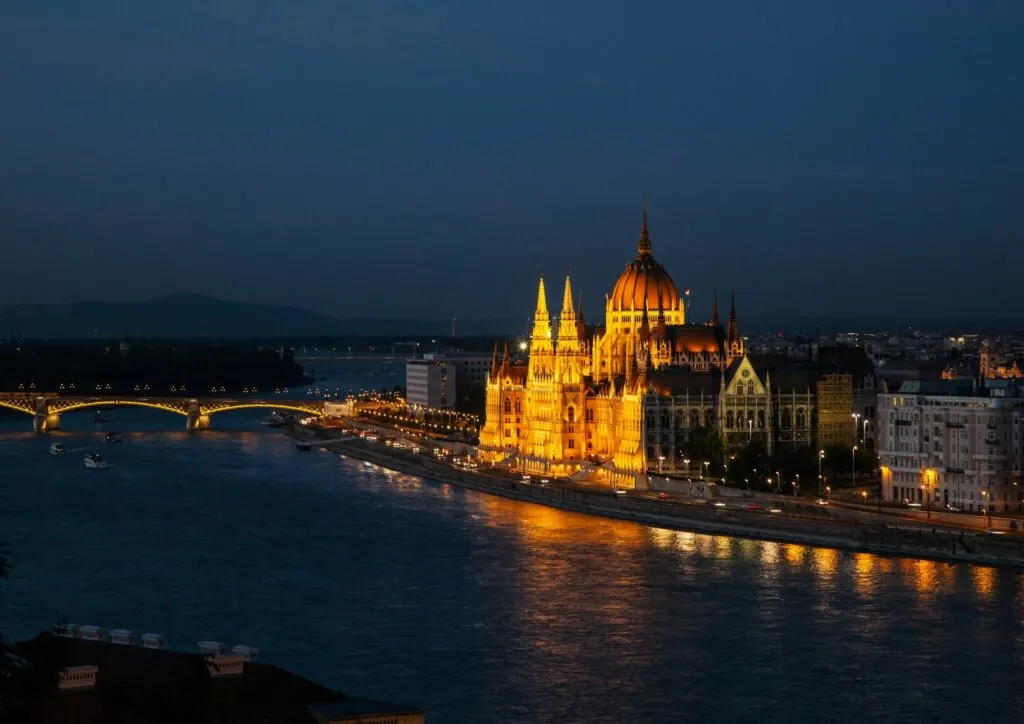
Situated on the banks of the River Danube, it is the third-largest parliament in the world and a UNESCO World Heritage site. Guided tours to its Dome Hall and the Older Upper House Hall are offered to visitors.
The crown jewel of the parliament is not King Steven’s crown jewels on display in the House of Treasury, but the fact that the parliament was built using raw materials from Hungary with the labour of Hungarian craftsmen.
An edifice symbolises the message of the skills of the Hungarians, just as how its vastness portrays its economic strength in the early twentieth century.
Heroes Square
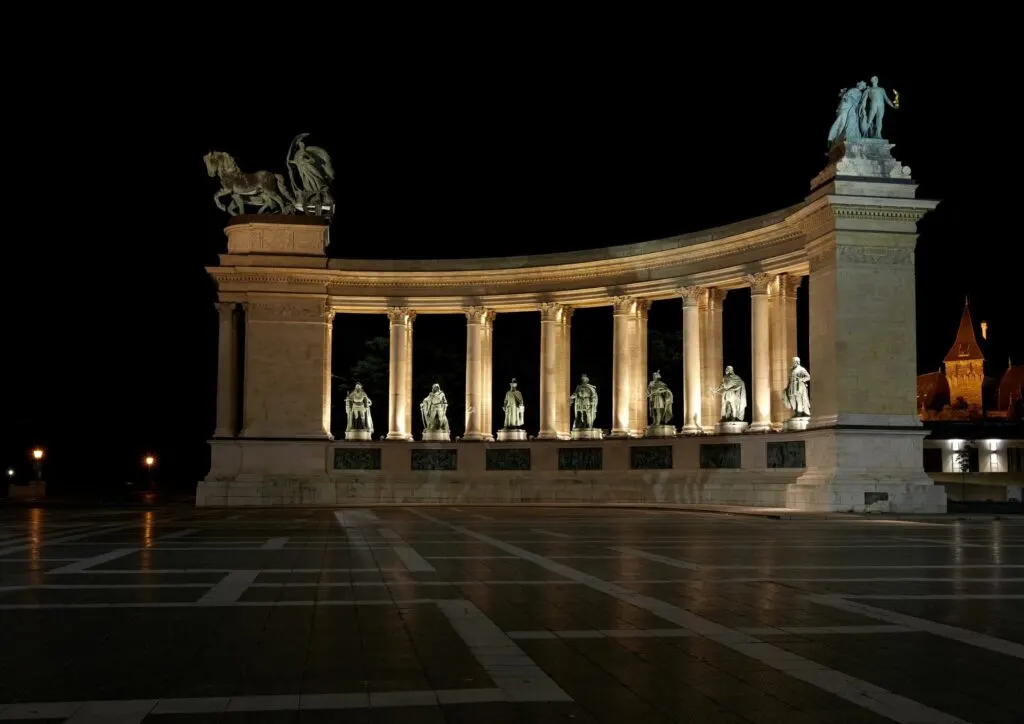
What if you could walk around and see the history of a country assemble into one place? Well, Hungary offers you a splendid tour of its ancient history at Heroes square. The largest and most iconic square in Hungary is its political, cultural, and social hub. The square is guarded by the seven chieftains of the Magyar tribes that founded Hungary and other important heads of state.
The square is crowned by a tall and grandeur statue of Archangel Gabriel. You can see him holding a double-cross and a holy crown depicting the legend of how the Archangel prompted the first King of Hungary to embrace Christianity and the crown,
Gellert Baths
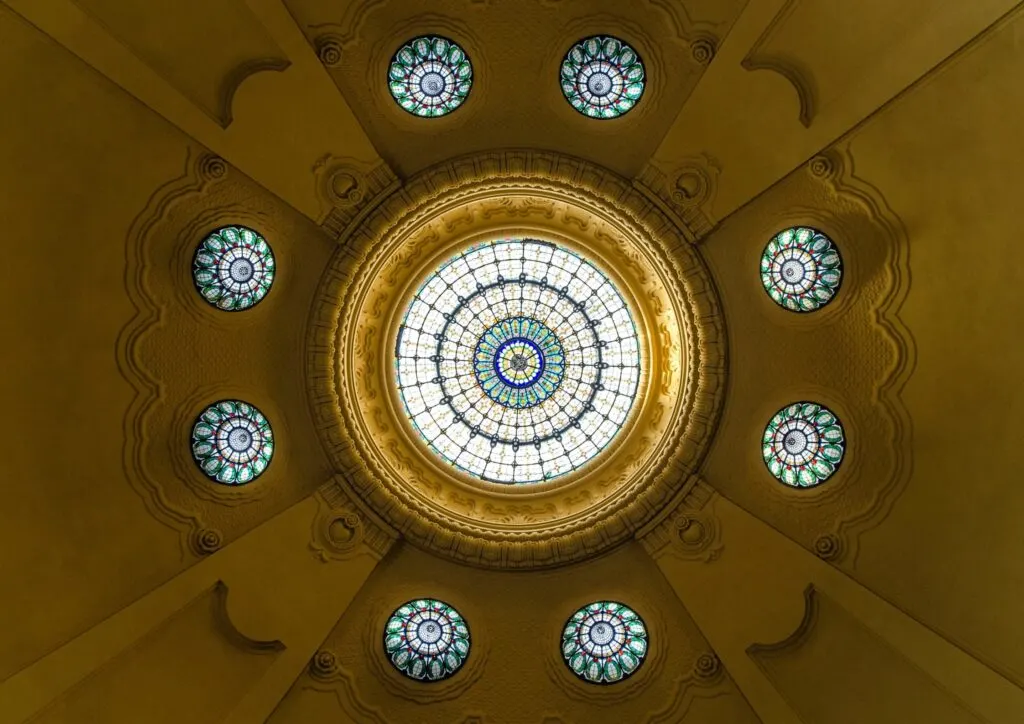
With beautiful tiles and kaleidoscopic mosaics, Gellert Baths offers a stunning thermal bath experience for tourists. With mineral-rich waters coming from 118 springs in the Gellert Hills that fill the 12 pools of the complex, people not only come for recreational purposes but also to find a cure for their respiratory diseases.
This attraction is a great example of the lovely 19th-century European bathing culture.
Danube Promenade
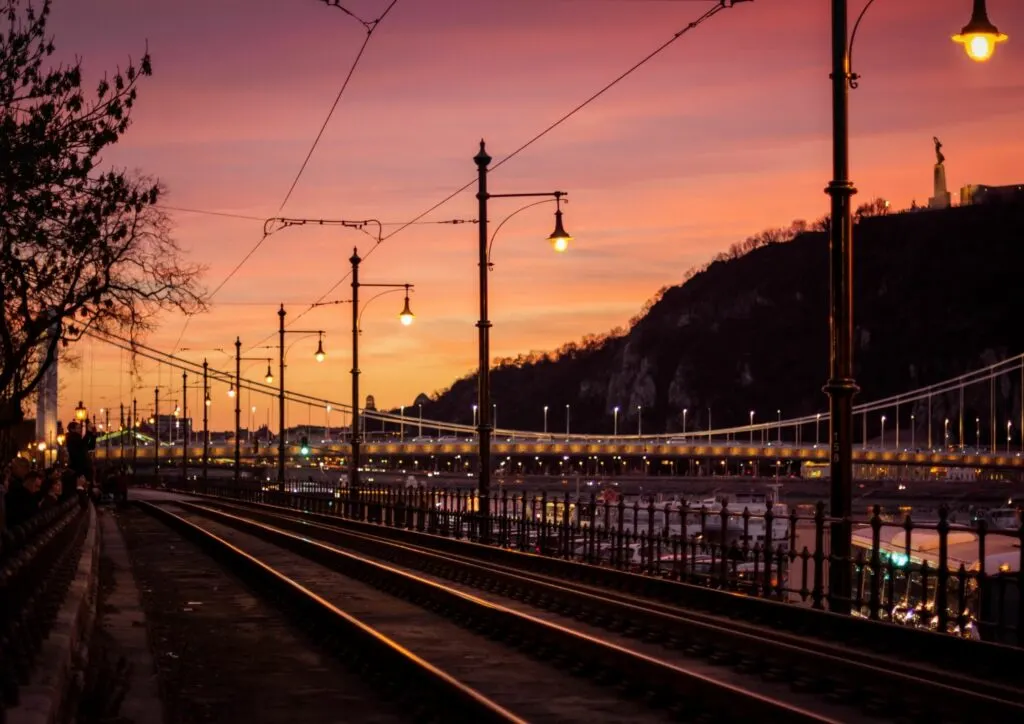
On the banks of the River Danube, you can have a leisurely stroll, enjoying the spectacular views of a few prominent skyscrapers and city bridges.
Visitors can also witness the ‘Shoes on the Danube Bank‘ – a monument that honours the lives of all the Jews that were massacred on the same riverbanks during world war II. The sixty pairs of shoes are a tribute to the slain Hungarian Jews who were ordered to remove their shoes before being shot dead.
As you walk through the beautiful esplanade you will also encounter marvellous sculptures, carvings of notable people and bronze carvings around Vigado Square.
